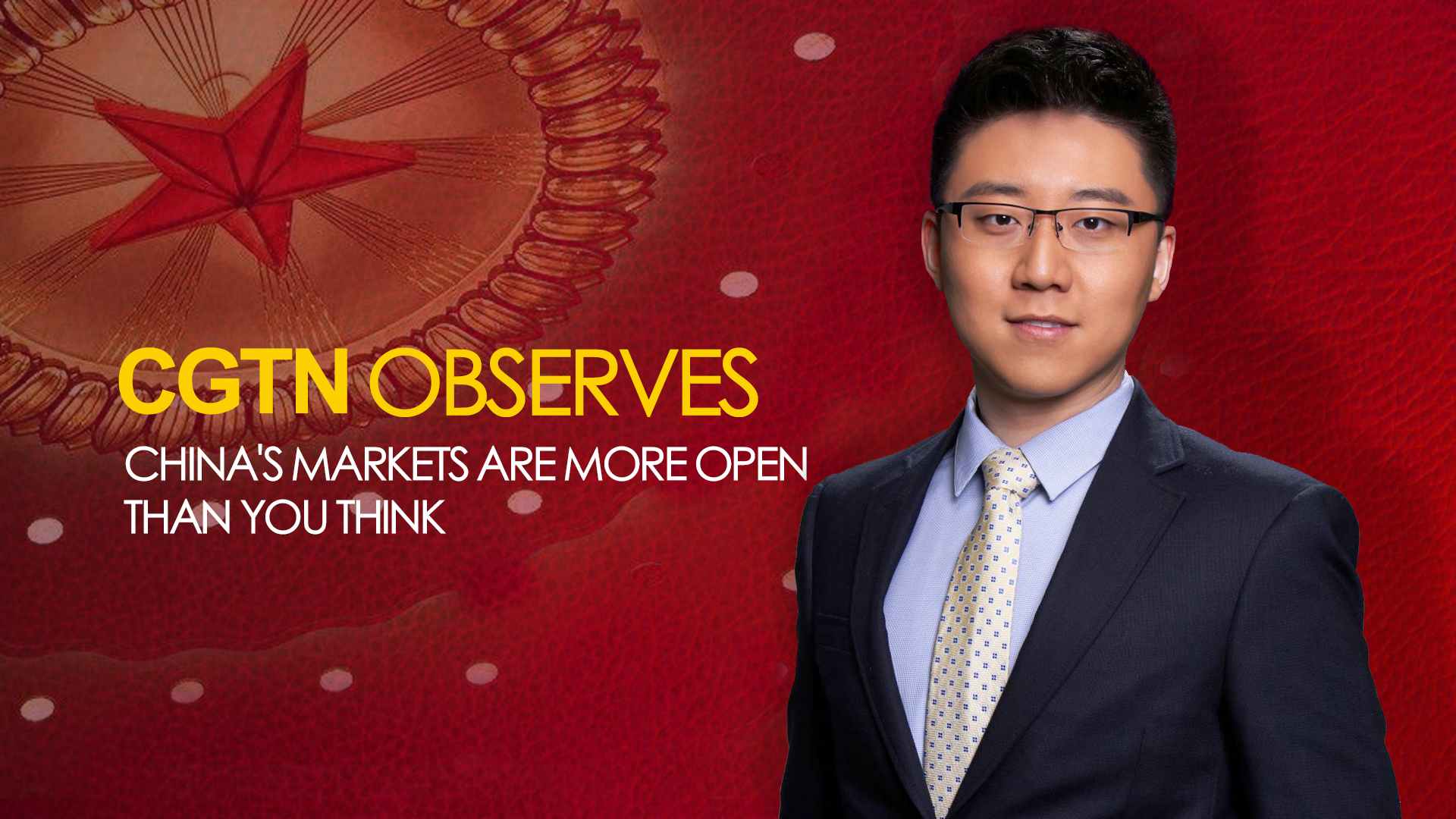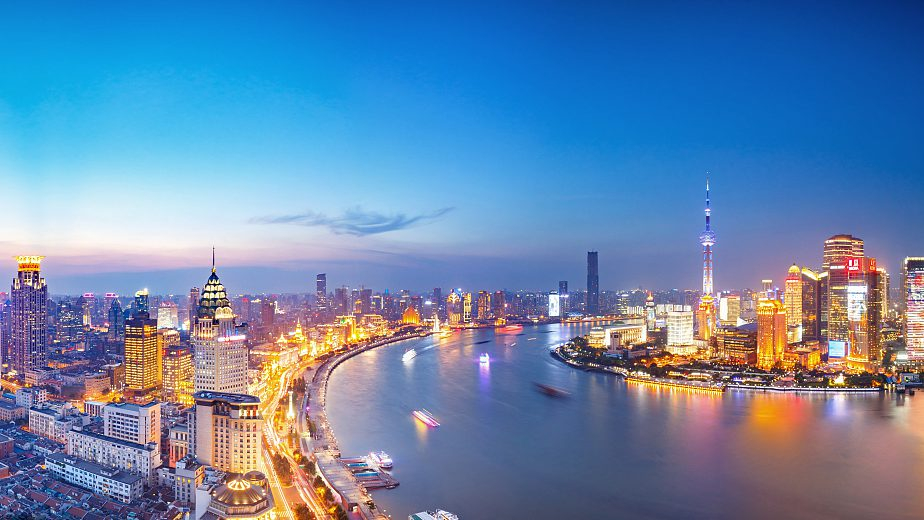
Money Stories
15:38, 09-Mar-2019
CGTN Observes: China’s markets are more open than you think
Michael Wang
04:17

We often hear from foreign executives and lawmakers that China's markets are not open enough. Many are looking to this year's Two Sessions for further guidance on where China stands on its market opening process.
There is no purely open economy anywhere in the world. But policymakers in China have to be especially careful when it comes to the markets. One faulty move could be greatly magnified in a country with a population close to 1.4 billion.
Having said that, China's economy is more open than you think. Here's why.
Firstly, there are misconceptions about the mode of starting a business for foreign companies in China. For every single year that data is available, the number of wholly foreign-owned enterprises (WFOEs) approved far outnumber that of joint ventures. WFOEs don't require a Chinese partner in business operations. The number of wholly foreign-owned enterprises approved was nearly five-fold versus joint ventures in 2018, the highest on record.

Skyline of Shenzhen /VCG Photo
Skyline of Shenzhen /VCG Photo
Secondly, China's policymakers have taken numerous steps to open up the economy in recent years. It may be lost in the details but the actions are there. For example, by early 2018, non-administrative license approvals have all been canceled and the number of investment projects that require Beijing's verification has been slashed by 90 percent. The time it takes to start a business in China has been cut by at least one-third. These are just a few moves out of many.
Thirdly, at its current development stage, China's weighted tariff rates are lower compared to its neighbors Japan and South Korea when they were at a similar or higher development stage. The latest numbers from the World Bank show China's weighted tariff rate for all products standing at 3.83 percent in 2017. That corresponds with a Chinese per-capita GDP of around 8,800 U.S. dollars. When South Korea had a similar per-capita GDP, its weighted tariff rate was at least three percentage points higher.
In the earliest year for when data is available – 1988, Japan's weighted tariff rate came in at over four percent, but that's when Japan already had a per-capita GDP of over 25,000 U.S. dollars. It's important to put China's current market opening in context and in perspective. If China's economy is truly difficult to access, sales of multinationals based in China wouldn't reach hundreds of billions of dollars annually and China wouldn't always rank number one or two in the world when it comes to attracting foreign direct investment.

Skyline of Shanghai /VCG Photo
Skyline of Shanghai /VCG Photo
From hosting the world's first expo dedicated to imports to building free trade zones, China will continue to open-up even as global growth moderates and economic uncertainties abound.
But give China time. Chinese policymakers take a long-term view of economic development. It does things in a gradual manner to ensure stable growth. Sometimes this can conflict with the quarterly or annual mindset of corporations. But, China will remain squarely on the path of opening-up.

SITEMAP
Copyright © 2018 CGTN. Beijing ICP prepared NO.16065310-3
Copyright © 2018 CGTN. Beijing ICP prepared NO.16065310-3